Latest Posts
The Rise of Yangtze Memory: Lurking, Accumulating, Breaking Through
Starting Point:
Survival in the Cracks – The Beginning of Domestic Storage
In the storage industry, high technical barriers, large capital investments, and long R&D cycles have always been the three core thresholds restricting new players.Since the 1980s, the memory chip market has gradually formed a “tripolar pattern”: Samsung, SK Hynix, and Micron have occupied the main share, firmly controlling the core technology and market pricing power of memory chip manufacturing. Samsung’s 3D NAND, SK Hynix’s LPDDR, and Micron’s enterprise-level SSD solutions have monopolized the upstream and downstream of the consumer and enterprise markets in China.Faced with the monopoly of international giants, the difficulties faced by domestic storage in the initial stage can be summarized as “lacking technology, lacking talent, lacking funds, and lacking trust”.
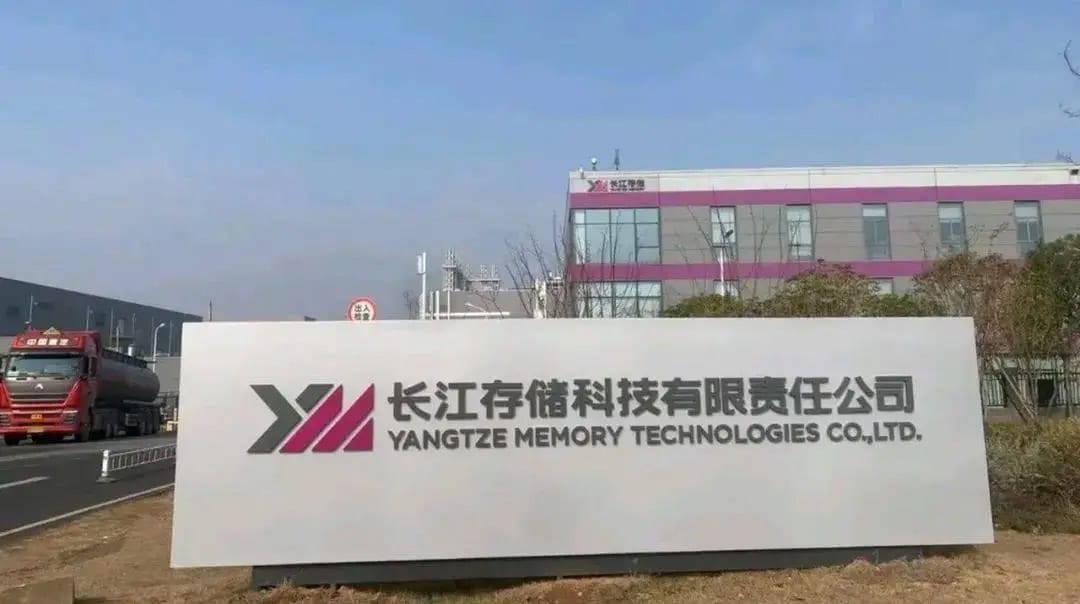
Lacking Technology: In the field of memory chip design and manufacturing, domestic enterprises started late, and in the early stage, they were mostly concentrated in the low-end market, lacking advanced process and product design capabilities. The lack of technological accumulation made domestic manufacturers unable to compete with international giants like Samsung in the mainstream market.
Lacking Talent: The core technology R&D of the memory chip industry requires a large number of high-end talents, and at that time, China’s technical reserves and educational resources in the semiconductor field were still unable to meet the demand.
Lacking Funds: The R&D and mass production of memory chips require huge capital support, and the R&D investment of international giants is often dozens or even hundreds of times that of domestic enterprises. Samsung’s R&D investment in the storage field exceeds 10 billion US dollars every year, while the R&D budget of domestic manufacturers is only a fraction of it. At the same time, the memory chip industry has a significant economies of scale effect, and domestic enterprises with insufficient production capacity face great challenges in cost control and market competitiveness.
Lacking Trust: In the early market promotion, domestic storage brands were often regarded as low-end substitutes by consumers. Due to limited technical capabilities, the performance, stability, and durability of early products were significantly different from international brands. This brand trust crisis further restricted the breakthrough of domestic manufacturers in the high-end market.
Most early domestic SSDs relied on imported chips for packaging and production, with representative manufacturers such as Galaxy, Team, and Maxsun. Their products were often labeled as “low-end substitutes”. In early user feedback, domestic SSDs were “full of problems”.
Short Life: The early versions of flash memory particles had unstable life, often damaged after two or three years of use.
Poor Performance: Limited by the optimization capabilities of controllers and firmware, the continuous writing speed and random read-write performance of early SSDs were far inferior to international giants.
Uneven Quality: Some products even had large-scale repairs due to non-uniform production standards.
In 2015, a domestic storage company tried to launch its own branded SSD, but due to the use of outdated process technology, the product speed could not even catch up with Samsung’s mid-range model three years ago.
An engineer recalled: “Before the release, we were full of hope, but after the release, the reputation was negative, and even the advertising slogan became a joke in the industry.” Such failure cases were not uncommon at the time.However, domestic brands did not give up because of this. They gradually accumulated experience in the early trials and errors, laying the foundation for subsequent development.
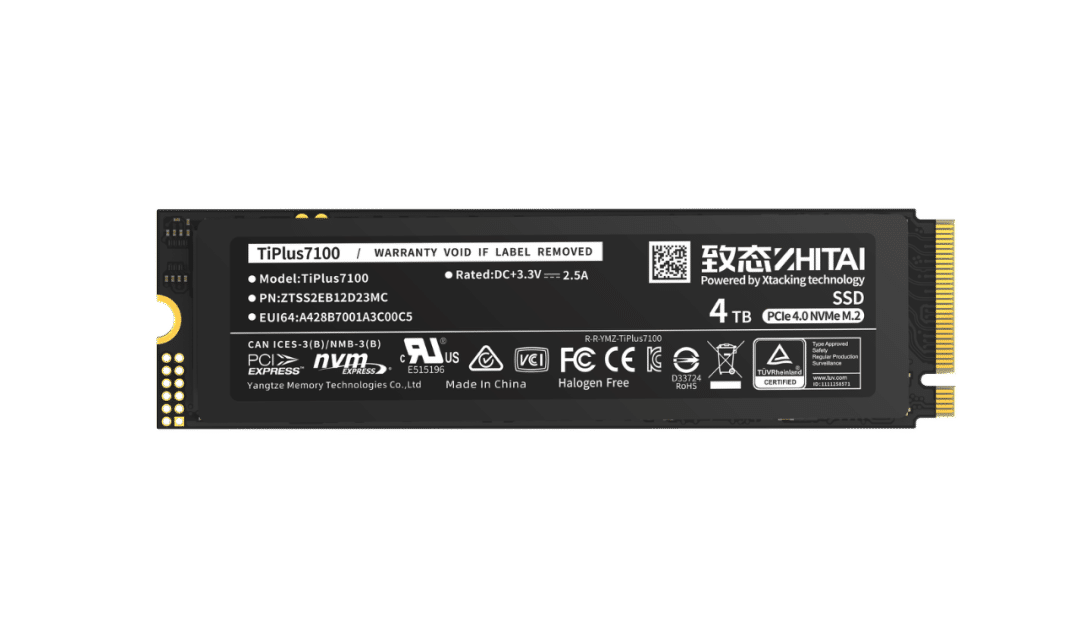
Lurking: Policy Promotion and Technological Accumulation
At the same time, the “invisible hand” began to layout.
In 2014, the State Council issued the “National Integrated Circuit Industry Development Promotion Outline”, proposing to achieve autonomous and controllable goals in key areas of integrated circuits by 2030, with memory chips listed as one of the priority support directions. Under this policy background, the domestic storage industry ushered in unprecedented development opportunities.
Establishment of National Fund
To promote the development of the semiconductor industry, the National Integrated Circuit Industry Investment Fund (referred to as the “Big Fund”) was established in 2014, with a total fundraising of 130 billion yuan. The Big Fund provided key capital support for domestic storage manufacturers, especially the continuous investment in Yangtze Memory, which laid the foundation for its technology research and development and capacity expansion.
Local Government Support
In addition to national policies, local governments also support the development of local storage industries by setting up special funds, providing tax incentives, and talent introduction plans. For example, Yangtze Memory’s headquarters is located in Wuhan, and the Hubei provincial government has provided a number of policy supports for its project construction, helping it to start quickly in terms of funds and resources.
Technical Blockade Stimulates Innovation
The intensification of technology competition across the ocean has made Chinese enterprises face stricter technical blockades. This external pressure has instead stimulated the independent innovation motivation of domestic manufacturers, making them have to take a different technical path from international giants.
Establishment and Technical Path Selection of Yangtze Memory
As the leading enterprise in the domestic storage industry, Yangtze Memory has established a strategic direction of “starting from basic technology research” since its establishment in 2016.
The early goal of Yangtze Memory was not high, but focused on the technical verification of a 32-layer 3D NAND chip.Although this product’s performance is hard to compare with Samsung’s 64-layer chip at the same period, its significance lies in that it is the first time for Chinese storage enterprises to achieve autonomous control from design to manufacturing.
In 2018, Yangtze Memory released the world’s first Xtacking architecture technology. This technology not only improves the performance of memory chips but also significantly reduces manufacturing complexity and cost by separating the storage units and peripheral circuits and integrating them with vertical interconnection technology. This technological breakthrough has made Yangtze Memory shine in the global storage market.However, at the beginning of technology research and development, the challenges were huge.
In 2017, when the first generation of Xtacking chips was trial-produced, the yield was very low, and the product was almost difficult to mass-produce.
An engineer mentioned: “At that time, the lights of the whole building were often on until two or three o’clock in the morning, and many people even worried whether this technical direction was feasible.”However, after three years of continuous optimization and attempts, Yangtze Memory launched its first self-developed 64-layer 3D NAND flash memory chip in 2019 and quickly applied it to the consumer SSD market.
Although there is still a gap in performance and reliability compared with international brands such as Samsung, its cost performance advantage and local supply chain strategy have won a certain market share for it, and also made domestic storage have the foundation to compete with international giants for the first time.
Breaking Through: Technological Breakthroughs and Market Expansion
In the development process of Yangtze Memory, the Xtacking architecture is the most important technological milestone. The introduction of this technology not only marks Yangtze Memory’s transition from technological catch-up to independent innovation but also changes the global NAND flash memory industry’s technological competition landscape.
Lorem ipsum dolor sit amet, consectetur adipiscing elit. Ut elit tellus, luctus nec ullamcorper mattis, pulvinar dapibus leo.
The Xtacking architecture adopts a separate design for storage cells and peripheral circuits, efficiently integrating the two parts through vertical interconnection. This technological path brings many advantages.
Performance Improvement: Xtacking optimizes signal transmission speed, achieving higher random read-write speeds and lower latency. Compared with traditional designs, its performance improvement can reach more than 20%.
Manufacturing Efficiency: This architecture simplifies the production process, allowing wafer manufacturing and packaging testing to be carried out simultaneously, significantly shortening the production cycle.
Design Flexibility: Storage cells and peripheral circuits can be optimized separately, supporting higher-density storage cell stacking and increasing chip storage capacity.
With the support of Xtacking technology, Yangtze Memory quickly launched multiple generations of products.
In 2019, the first 64-layer 3D NAND chip was released, laying the foundation for the mass application of domestic NAND products.In 2020, the 128-layer 3D NAND was launched, reaching a global advanced level.
In 2022, the 176-layer 3D NAND was successfully developed, beginning to enter the high-end storage market and directly competing with Samsung and other international giants.These technological breakthroughs have enabled Yangtze Memory to have real competitiveness in the global market for the first time and have created favorable conditions for the rise of its retail brand, Zhitai.
Unlike early domestic SSDs, Zhitai has achieved a qualitative leap in quality, performance, and after-sales service.When the Zhitai SSD product TiPlus5000 was released, the market response was positive. Although it is still not as fast and performant as Samsung, its price is more attractive, and the cost-performance advantage is obvious.
In 2023, Zhitai released the TiPlus7100 series. This product is equipped with Yangtze Memory’s 128-layer 3D NAND chip, with continuous read-write speeds reaching 7100MB/s and 6500MB/s, not only catching up with Samsung’s flagship products but also performing excellently in terms of life and stability.
Once released, this product caused a warm response in the domestic market and became a star product on the JD platform.
In 2024, the performance of Zhitai during Double 11 became an important symbolic event in the development of the domestic storage industry:online SSD category Double 11 promotion total transaction amount (GMV) and sales double champion!
Zhitai’s JD transaction amount increased by 40% year-on-year, and total sales increased by 15% year-on-year. Among them, Zhitai TiPlus 7100 became one of the most popular explosive SSD products on the JD platform.
Specifically, the main reasons for Zhitai to surpass Samsung during Double 11 slaes promotion can be
Attributed to the following key factors:
Significant Price Advantage: During the 2024 Double 11 period, Zhitai attracted a large number of consumers through direct discounts and full reduction activities. During Double 11, many international first-line brands did not have price reduction measures, and even a certain brand had the operation of raising prices first and then returning to the original price.
Technology Empowers Promotion: Through social media, live streaming, and other forms, the advantages of Xtacking technology are transformed into selling points that consumers can perceive (such as faster transmission speeds, longer service life).
Service and Channels: Through JD’s self-operated and official after-sales support, the problem of low consumer trust in early domestic brands was solved.
Behind these data is a comprehensive breakthrough of Yangtze Memory and Zhitai in technology, brand, and market.
Rise: The Logic Behind and Industry Significance
The fundamental reason for Yangtze Memory’s rapid rise is its persistence and breakthrough in technological innovation.
The release of the Xtacking architecture has broken the traditional design thinking of the storage industry, raising the performance and manufacturing process of NAND flash memory to a new level. In the global storage industry, the core of NAND flash memory technology is dominated by companies such as Samsung, Micron, and Intel, and domestic storage has always been in a technological catch-up situation.
However, Yangtze Memory has successfully filled the technological gap through independent research and development and technological breakthroughs, achieving the goal of “autonomous control.” From the successful development of 64-layer, 128-layer, to 176-layer 3D NAND flash memory, Yangtze Memory has not only solved the technical shortcomings of domestic storage but also broken the technological blockade of international giants, proving that China has the ability to compete with the world’s top enterprises in the field of semiconductor storage.In addition, its technology accumulation and rapid iteration strategy are also crucial.
In just a few years, Yangtze Memory has continuously optimized the Xtacking architecture, introduced new products, and launched multiple generations of products. This ability to rapidly iterate technology allows it to quickly adapt to market demand changes, ensuring product competitiveness. At the same time, Yangtze Memory’s large-scale production has also helped it maintain a technological lead, ensuring domestic market supply and competitiveness.
Policy Support and Industry Environment
The “invisible hand” has been paying increasing attention to the semiconductor industry. From the establishment of the “Big Fund” to the local government’s support for the storage industry, national policies have provided great financial and policy support for domestic storage manufacturers. These supports not only help enterprises with technology research and development but also provide a more relaxed market environment for them.In addition to national policy support, local governments have also played an active role in promoting the development of the semiconductor industry.
As a key project supported by Hubei Province and Wuhan City, Yangtze Memory has received full support from local governments in terms of funds and talent introduction. This close cooperation between government and enterprises has prompted the domestic storage industry to complete the leap from technological catch-up to leadership in a short period.Moreover, the collaboration of the upstream and downstream of the industry chain has also provided a solid foundation for the development of domestic storage. The continuous improvement of materials, equipment, and packaging testing links has greatly enhanced the competitiveness of the domestic storage industry.
From the initial technological lag and market downturn to breaking through the encirclement through policy support, technological innovation, and brand promotion, domestic storage enterprises have gradually become an important force in the global storage industry. The success of Yangtze Memory and Zhitai marks the technological breakthrough of the domestic storage industry, but future competition is still full of unknowns.

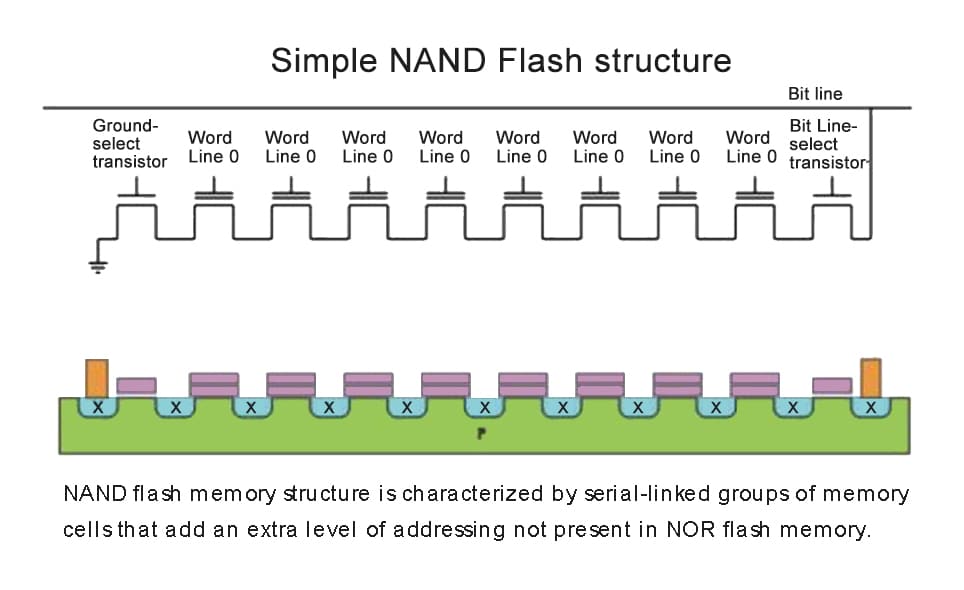
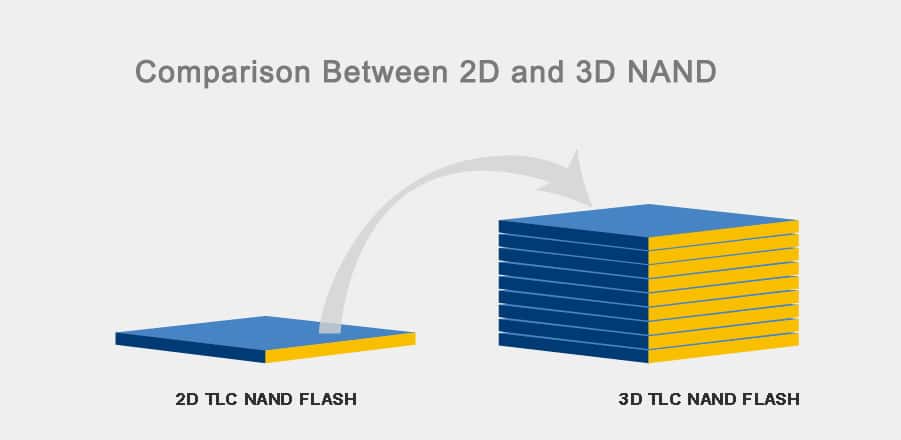
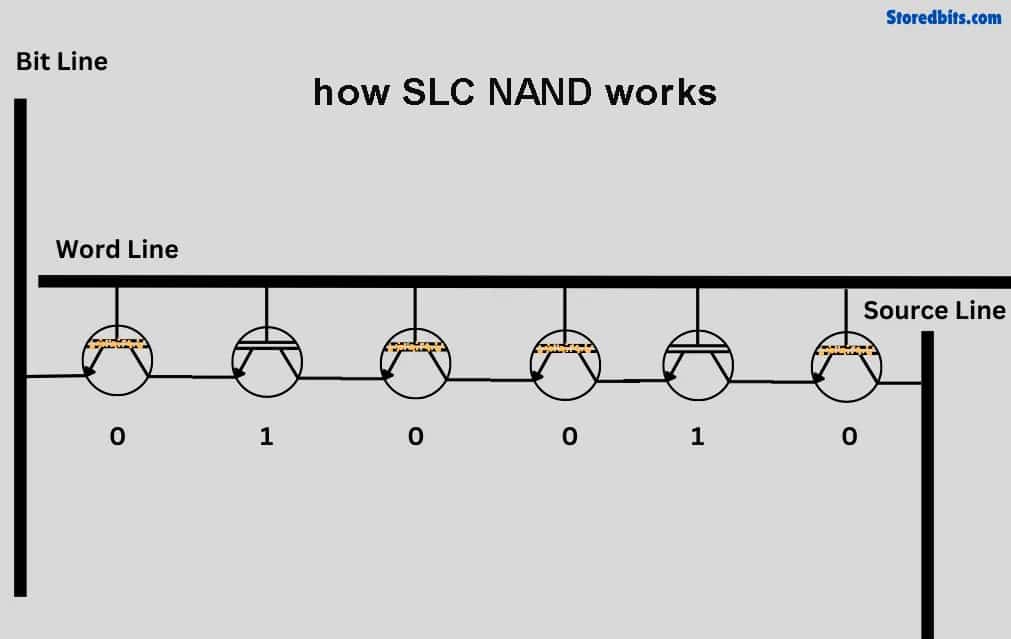
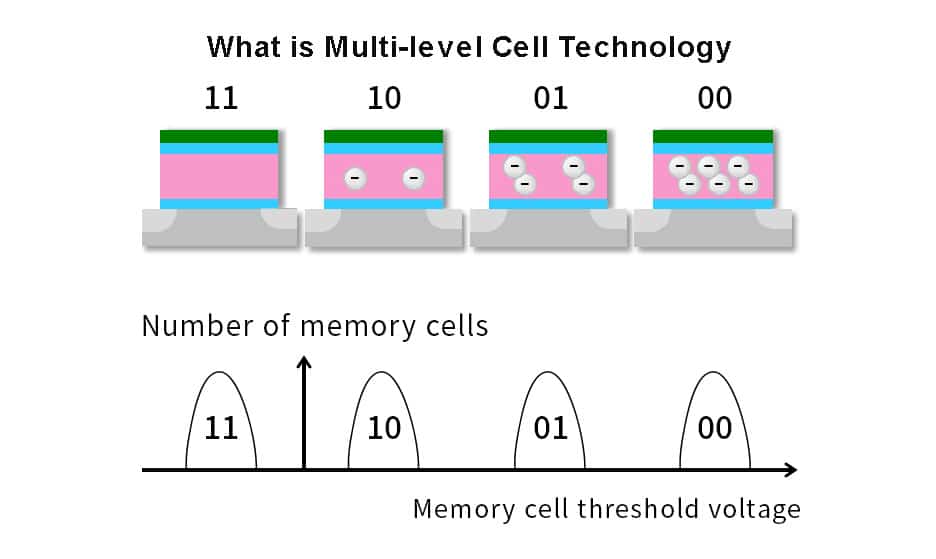
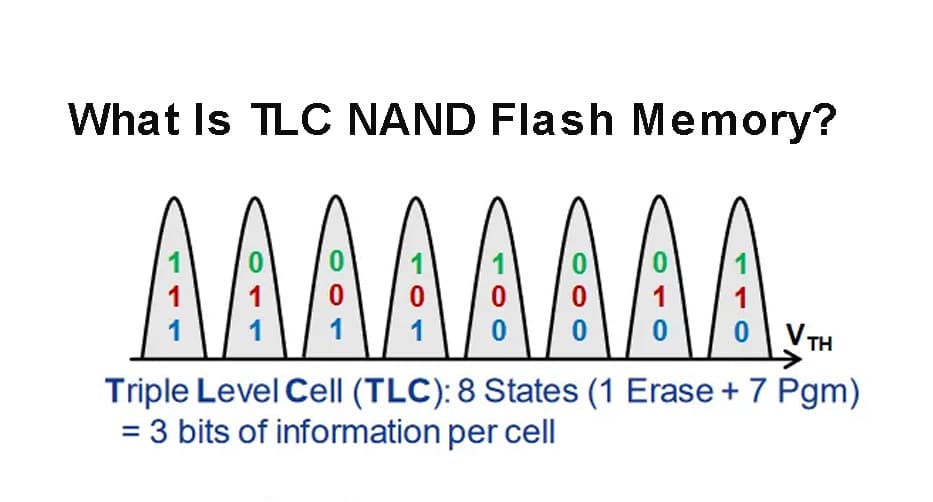
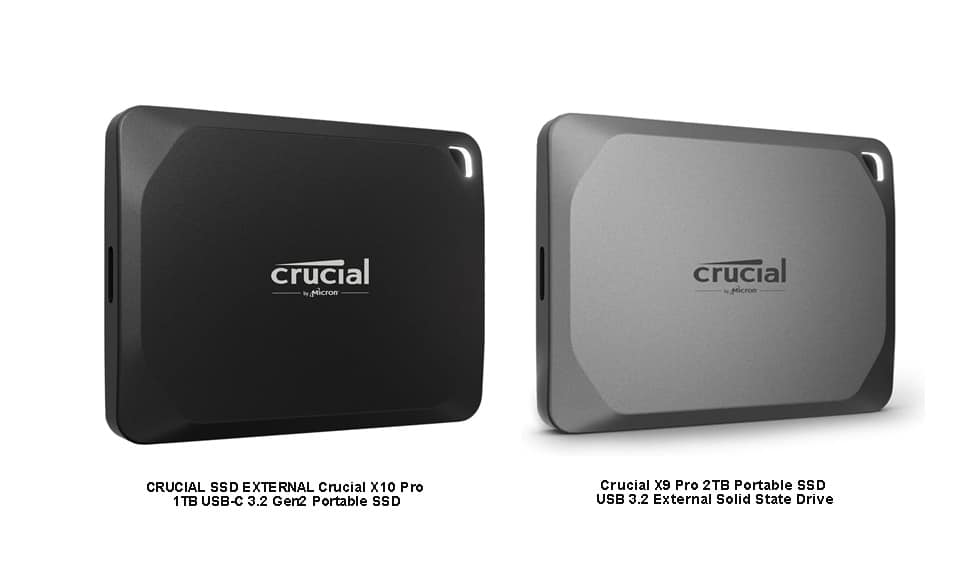
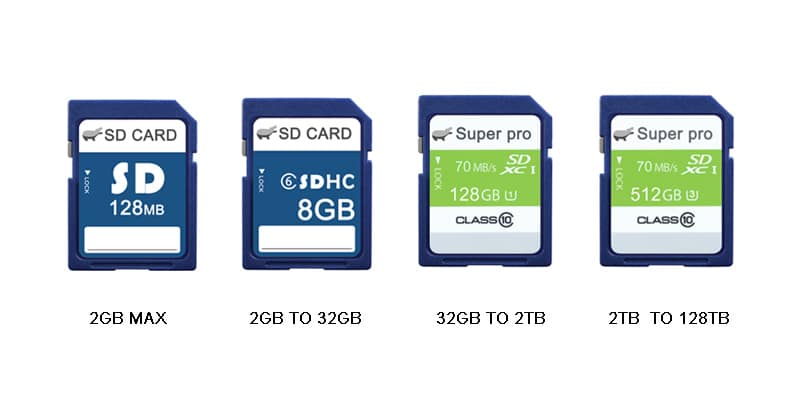
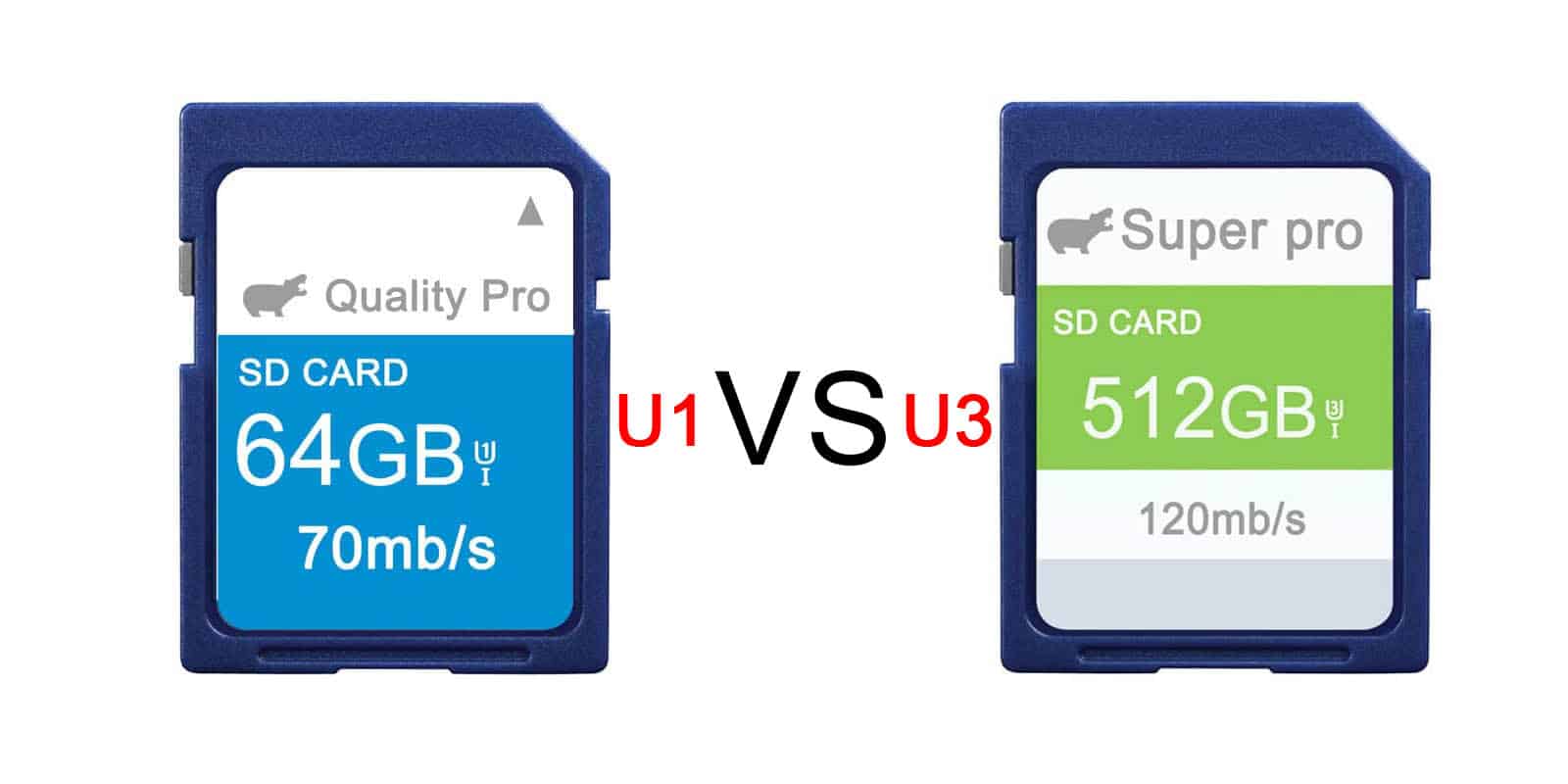
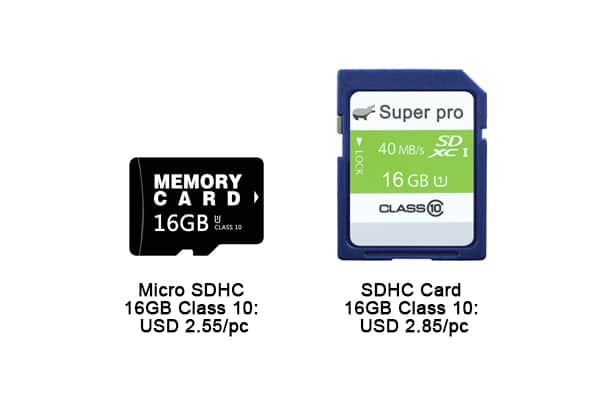
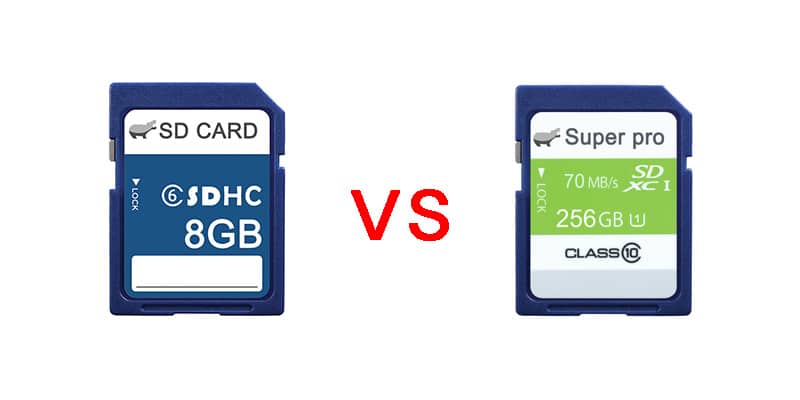
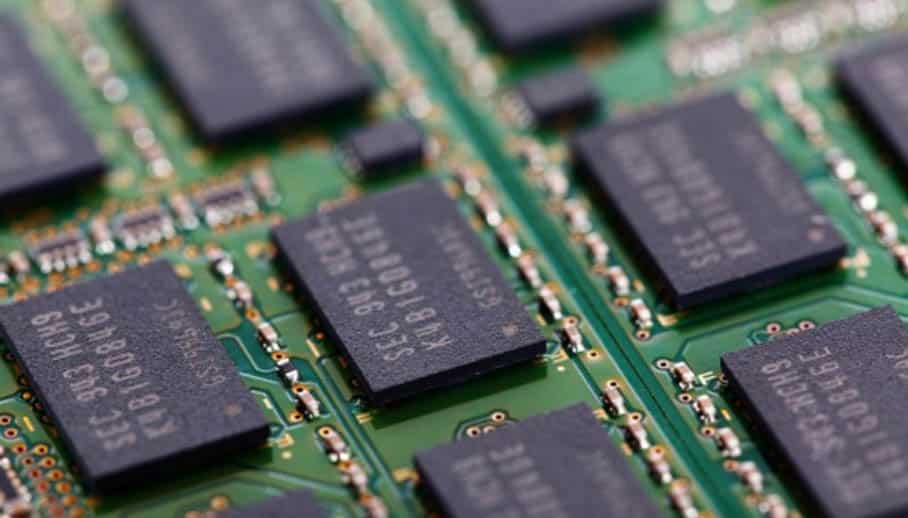
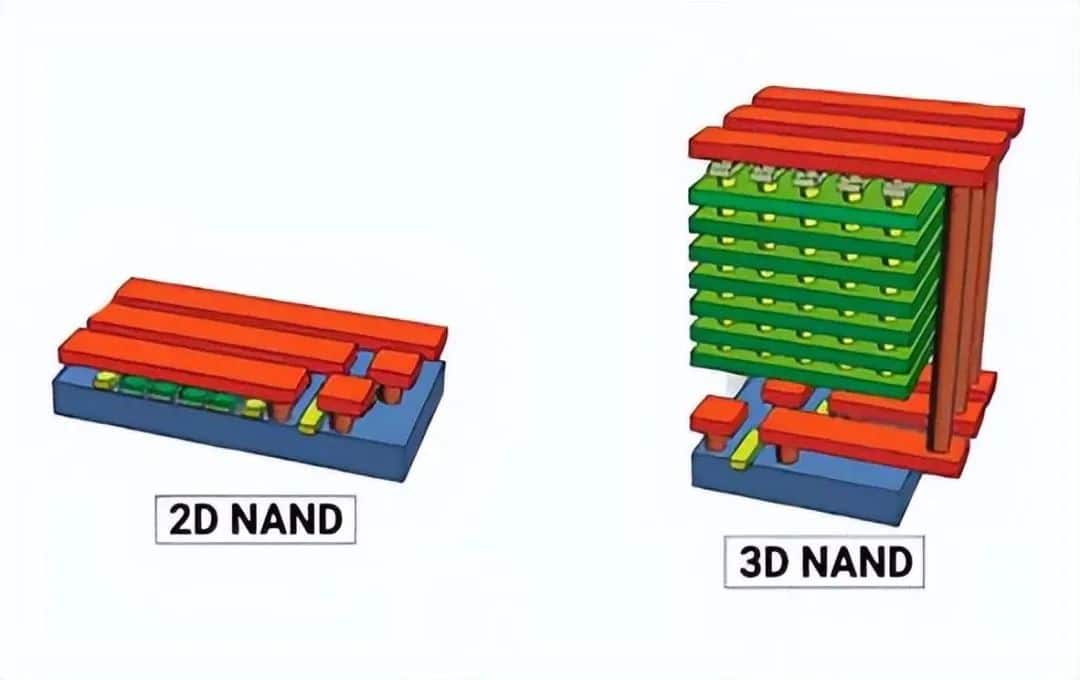
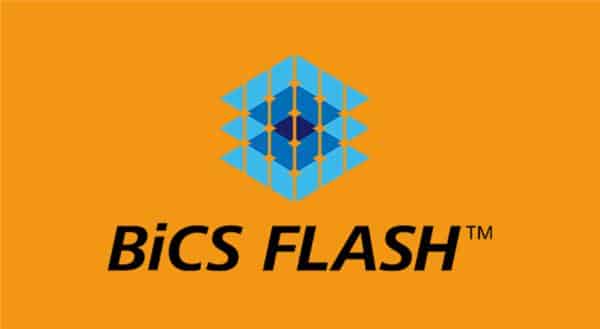
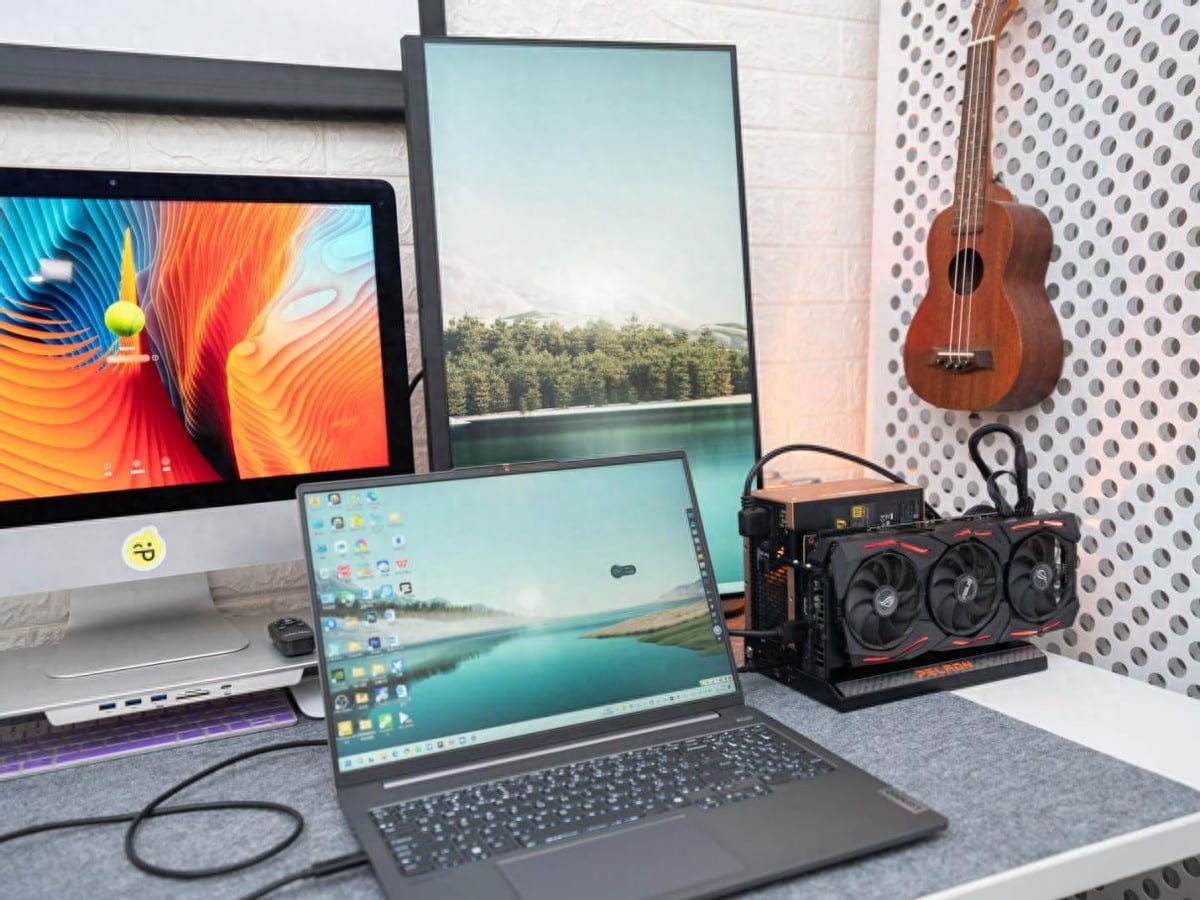
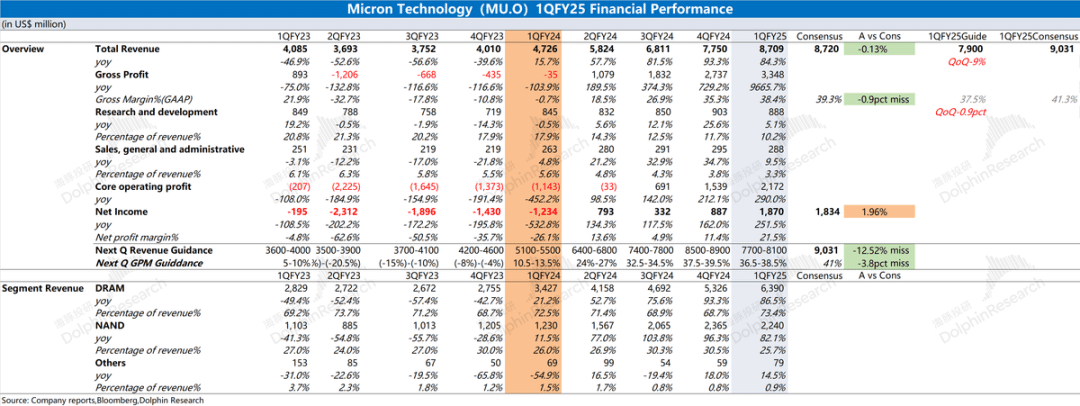
Leave a comment